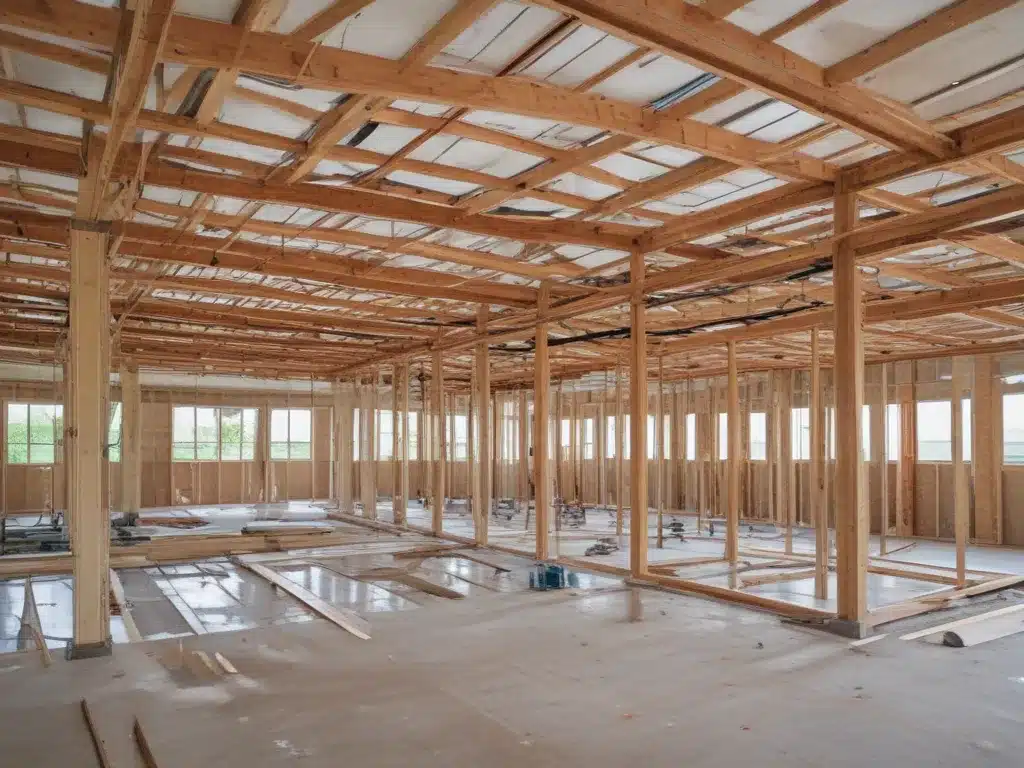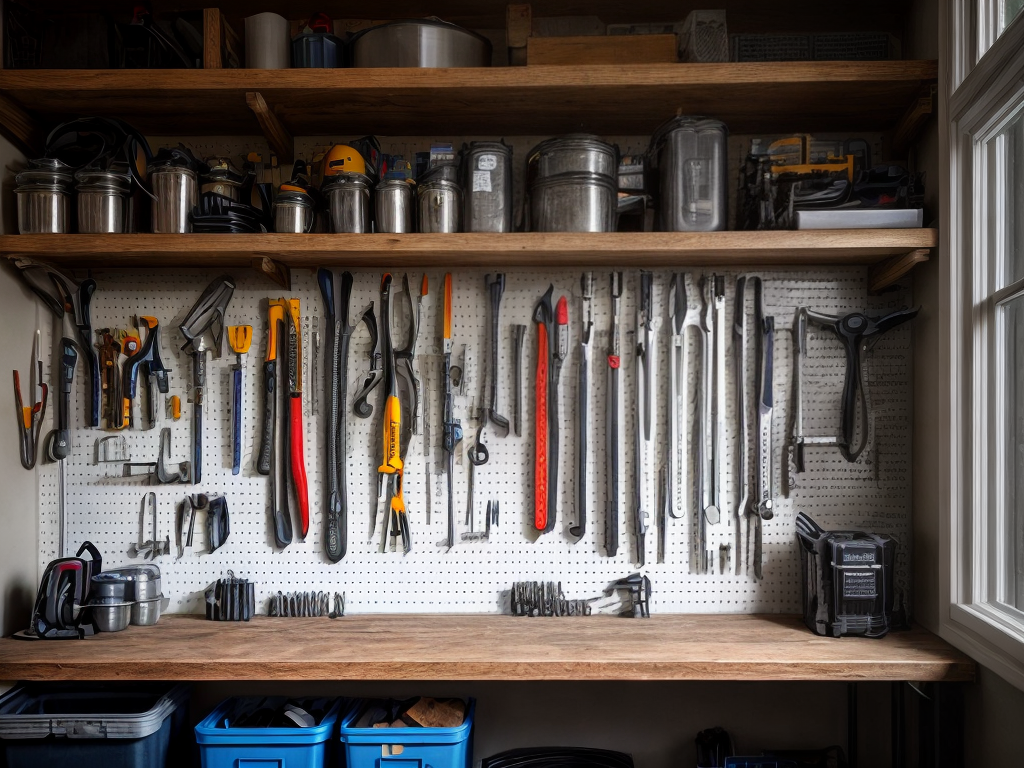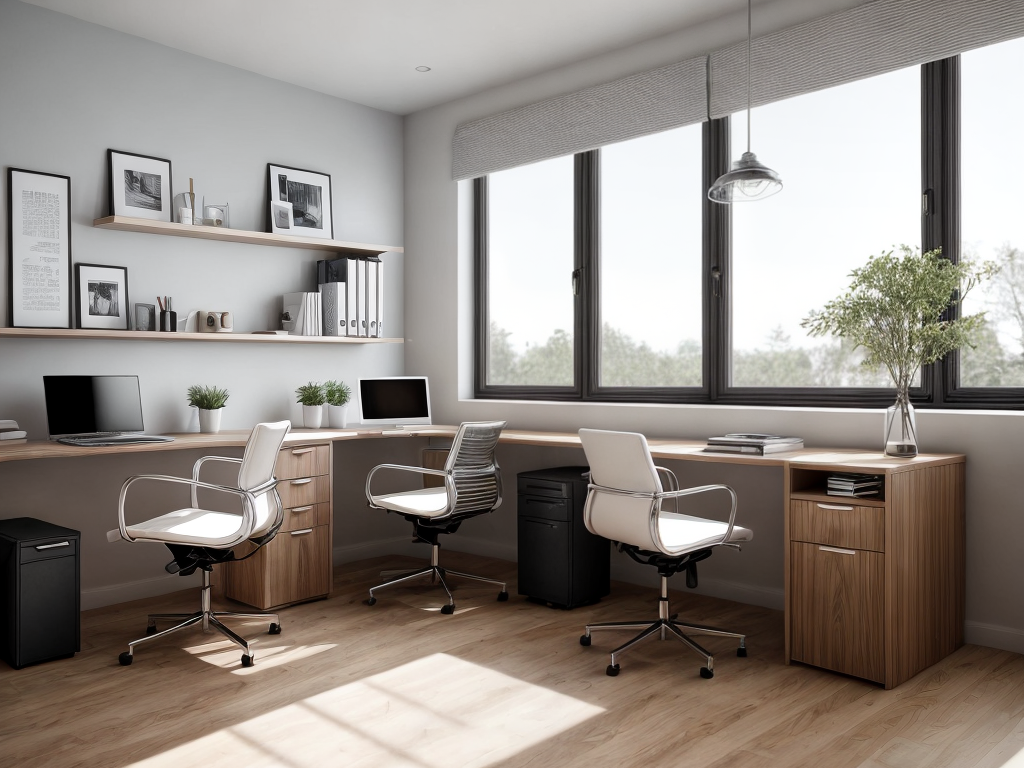
Intro
You know that feeling when you’re trying to put together furniture from IKEA and it’s like a freaking mission impossible? The instructions are in Swedish, there are 100 tiny screws, and by the end, you’re sweating like a pig in a sauna. Well,␣ pͤrefͣaͪbͯr͑i̾c̾atioͪnͫ is kind of like the opposite of that nightmare.
Think about it this way: instead of having to build everything on-site from scratch, what if you could just snap together pre-made modules like some giant Lego set? That’s the basic idea behind prefab construction, and let me tell you, it’s a game-changer in the world of building.
At my company, Atchison Construction, we’ve been using prefab techniques more and more, and the results have been pretty dang impressive. Not only does it save time and money, but it also reduces waste and improves safety on the job site. Sounds too good to be true, right? Well, let me break it down for you.
What is Prefabrication?
Prefabrication (or prefab for short) is a construction method where building components are manufactured off-site in a controlled factory environment, and then transported to the job site for assembly. These pre-made modules can include anything from wall panels and floor systems to entire room pods or even full-blown housing units.
It’s kind of like ordering a custom pizza instead of making it from scratch. The crust, sauce, and toppings are all prepped in the kitchen, and then they just put it together and bake it when you place your order. Except with prefab, the “kitchen” is a state-of-the-art factory, and the “pizza” is a high-quality building module.
Advantages of Prefabrication
So why should you care about prefab construction? Well, let me hit you with some of the major advantages:
1. Time Savings
One of the biggest benefits of prefab is the time savings it offers. Because a significant portion of the construction work is done off-site in a controlled environment, the on-site assembly process is much faster and more efficient. This can significantly reduce the overall project timeline, which is a huge deal in the construction industry where time is literally money.
2. Cost Savings
Time savings often translate directly into cost savings, but prefab also offers other opportunities to reduce expenses. The controlled factory environment allows for more efficient use of materials, reduced waste, and streamlined labor processes, all of which can lower overall construction costs.
3. Improved Quality Control
Speaking of that controlled factory environment, it’s a pretty sweet setup for ensuring consistent quality. With prefab, you’re not dealing with the unpredictable conditions of an outdoor job site. Instead, the manufacturing process is carefully monitored and regulated, resulting in higher-quality building components and fewer defects.
4. Enhanced Safety
Construction sites can be pretty dicey places, with all sorts of potential hazards lurking around every corner. But with prefab, a significant portion of the work is done in a controlled factory setting, which is generally much safer than an active job site. Plus, the reduced on-site labor requirements mean fewer workers are exposed to potential risks.
5. Sustainability and Waste Reduction
Prefab construction is inherently more sustainable than traditional methods. By manufacturing components off-site in a controlled environment, there’s less material waste, fewer emissions from transportation and equipment, and better opportunities for recycling and reusing materials. It’s like the construction industry’s way of hugging a tree (without actually hugging a tree, because that would be weird).
Real-Life Examples
Alright, enough with the theoretical mumbo-jumbo. Let me hit you with some real-life examples of prefab in action from our projects at Atchison Construction:
The Lightning-Fast Office Remodel
We had this client who needed a major office renovation, but they didn’t want to shut down operations for months on end. Enter the prefab solution! We manufactured all the new wall panels, ceiling grids, and even pre-wired electrical systems off-site. Then, over a single weekend, we swooped in and assembled the whole shebang like a well-oiled machine.
The client was blown away by how quickly we transformed their space, and they didn’t have to deal with the usual mess and disruption of a traditional remodel. It was like we pulled a magical Jedi mind trick, but with power tools instead of lightsabers.
The Hotel That Grew Like a Chia Pet
Another cool project involved a new hotel development. Instead of building everything from the ground up, we used prefab modular units for the guest rooms. These fully outfitted room pods were manufactured in a factory, complete with bathrooms, furniture, and all the bells and whistles.
Once they arrived on-site, our crew just had to stack ’em up like giant Lego bricks and make the final connections. It was like watching a hotel grow right before our eyes, kind of like a super-sized Chia Pet (but without the weird green hair).
The Sustainable School Expansion
For a local school district, we used prefab techniques to add a new wing to an existing elementary school. Not only did this streamline the construction process, but it also allowed us to incorporate a bunch of green building practices and sustainable materials.
We were able to recycle and repurpose a significant portion of the waste from the manufacturing process, and the prefab components themselves were made from eco-friendly materials. It was like we were building a school and saving the planet at the same time. Talk about a two-for-one deal!
Challenges and Considerations
Now, as awesome as prefab construction is, it’s not a magical cure-all solution. There are still some challenges and considerations to keep in mind:
1. Transportation Logistics
Those big ol’ prefab modules have to get from the factory to the job site somehow, and that can create some logistical hurdles. You might need special permits or equipment for transporting oversized loads, and there could be restrictions based on the route or destination location.
2. Site Constraints
While prefab can work for all sorts of projects, there are some site-specific factors that might not be ideal. Limited access or tight spaces could make it tough to maneuver and assemble the prefab components. And if you’re dealing with a historic building or strict zoning regulations, prefab might not be the best fit.
3. Design Flexibility
One of the trade-offs with prefab is that you sacrifice a bit of design flexibility compared to traditional stick-built construction. The modular nature of prefab means you’re somewhat limited in terms of custom shapes, sizes, and configurations. It’s not a dealbreaker, but it’s something to consider during the planning phase.
4. Upfront Costs
While prefab can save you money in the long run, there are often higher upfront costs involved. The manufacturing process and specialized equipment required for prefab construction can be a significant investment, especially for smaller projects or one-off builds.
5. Finding the Right Partners
Not every construction company is well-versed in prefab techniques, so it’s important to partner with experienced professionals who have a proven track record in this area. At Atchison Construction, we’ve been pioneering prefab solutions for years, but not all builders have that same level of expertise.
The Future of Prefab
Prefabrication is already revolutionizing the construction industry, but the best is yet to come. As technology continues to advance, we’ll likely see even more innovative prefab solutions hitting the market.
Imagine fully automated factories churning out customized building modules with millimeter precision. Or 3D-printed prefab components made from cutting-edge materials that are stronger, lighter, and more energy-efficient than anything we’ve seen before.
We might even reach a point where entire buildings can be manufactured off-site and simply dropped into place like giant Lego kits. Talk about taking the “some assembly required” concept to a whole new level!
But even as prefab evolves and becomes more high-tech, the core benefits will remain the same: faster construction timelines, lower costs, improved quality control, enhanced safety, and a more sustainable building process.
Closing Thoughts
So there you have it, folks – a deep dive into the world of prefab construction. Whether you’re a seasoned pro or a complete newbie, there’s no denying that prefabrication is shaking up the building game in a major way.
At Atchison Construction, we’ve fully embraced the prefab revolution, and we’re constantly exploring new ways to streamline the building process for our clients. Because let’s be honest, who has time for those frustrating IKEA-style assembly nightmares anymore?
If you’re planning a construction project and want to experience the magic of prefab for yourself, give us a shout. We’ll be your trusty tour guides on this wild ride into the future of building, where efficiency meets sustainability, and the only tools you’ll need are a sense of adventure and a willingness to think outside the (prefab) box.





